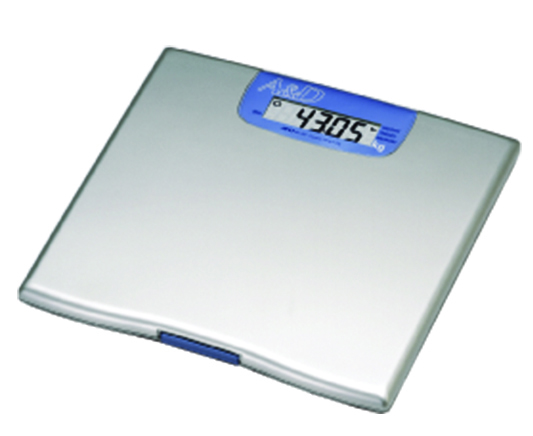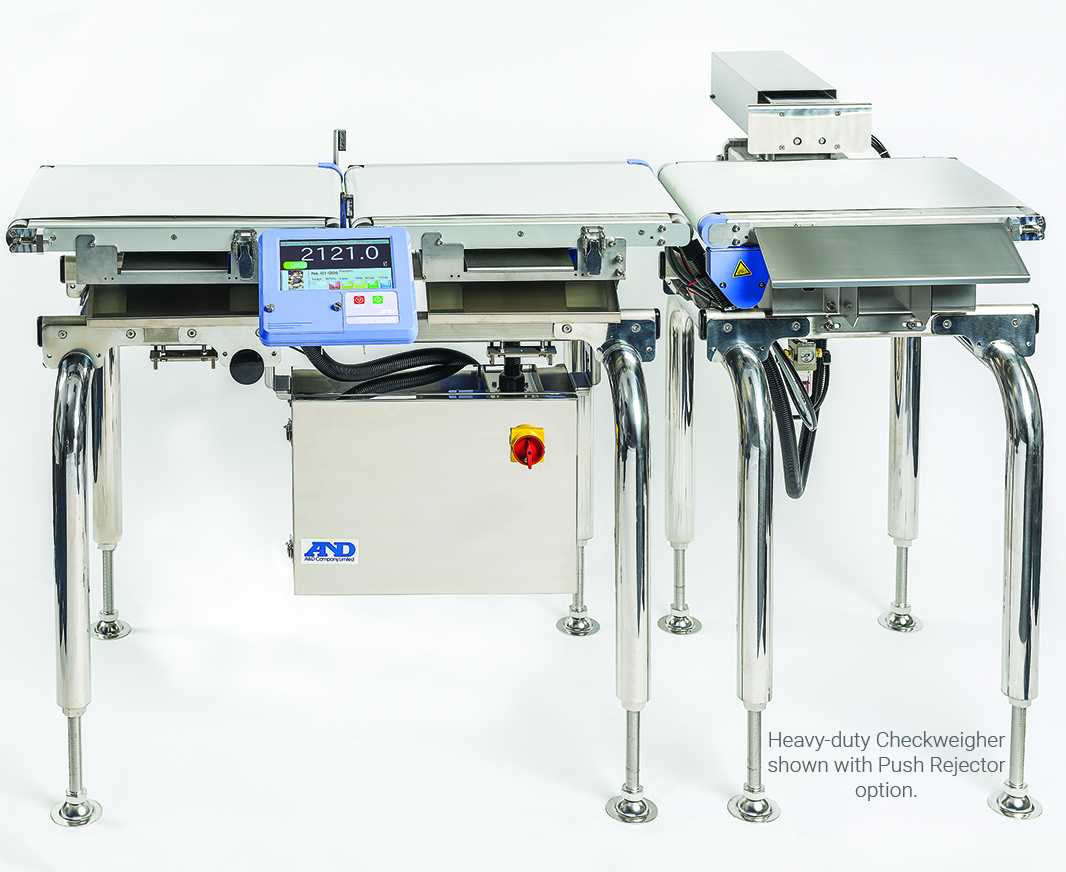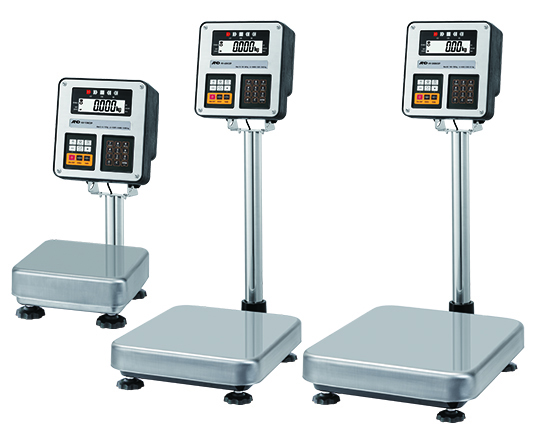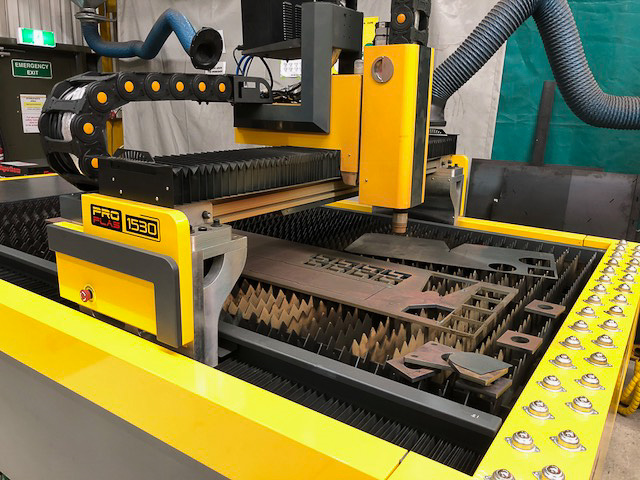Digital scales have become famous in various industries, from laboratories and healthcare facilities to retail establishments and manufacturing plants. These sophisticated instruments offer precise measurements, enhanced functionality, and user-friendly interfaces.
Understanding Digital Scales:
Digital scales, also known as electronic scales, utilize digital technology to measure weight or mass with high accuracy and precision. Unlike traditional analog scales that rely on mechanical mechanisms, digital scales employ sensors, microprocessors, and digital displays to provide instant and accurate readings. This digital approach offers numerous advantages, including faster measurements, customizable settings, and compatibility with data processing systems.
Types of Digital Scales:
Bathroom Scales: Bathroom scales are used for monitoring body weight and are commonly found in homes, gyms, and healthcare facilities. Modern digital bathroom scales often include additional features such as body composition analysis, memory storage for multiple users, and connectivity to mobile apps for tracking fitness goals.
Laboratory Balances: Laboratory balances, also known as precision balances or analytical balances, are used in scientific research, quality control, and analytical applications. They offer high accuracy, readability, and sensitivity to small weight variations. Laboratory balances come in various types, including microbalances, semi-microbalances, and top-loading balances, each suited to specific measurement requirements.
Industrial Scales: Industrial scales are designed for heavy-duty weighing applications in manufacturing, logistics, agriculture, and warehouses. They can measure large capacities ranging from a few kilograms to several tons. Industrial scales may include features such as robust construction, durable materials, and connectivity options for data integration with industrial systems.
Retail Scales: Retail scales, commonly used in grocery stores, supermarkets, and retail outlets, are designed for weighing and pricing products. They often include built-in barcode scanners, price computing capabilities, and label printing functionalities for generating price labels or product information labels.
Key Considerations When Choosing a Digital Scale:
Accuracy and Precision: Look for digital scales with high accuracy and precision, expressed as the scale’s resolution or smallest measurable increment. Consider the required level of accuracy for your specific applications, whether it’s measuring small quantities in a laboratory or monitoring weight changes in a fitness program.
Capacity and Range: Choose a digital scale with an appropriate capacity range that accommodates the maximum and minimum weights you need to measure. Consider dynamic weighing capabilities if your applications involve weighing moving or unstable objects.
Units of Measurement: Ensure that the digital scale supports the units of measurement relevant to your needs, such as kilograms, grams, pounds, ounces, or other specialized units. Some scales offer unit conversion functions for easy switching between units.
Platform Size and Design: Consider the size and design of the scales weighing platform, especially for industrial or retail applications where different sizes and shapes of items need to be weighed. A larger platform accommodates larger items, while a compact design saves space in crowded environments.
Environmental Factors: Evaluate the scale’s sensitivity to environmental factors such as temperature fluctuations, humidity, and vibrations. Choose scales with features such as draft shields, vibration filters, and temperature compensation mechanisms to minimize measurement errors caused by environmental conditions.
User Interface and Features: Look for digital scales with intuitive user interfaces, easy-to-read displays, and user-friendly features such as tare function (zeroing out container weight), automatic shut-off, and memory storage for frequently used settings. Consider additional features such as data logging, connectivity options (USB, Bluetooth, Wi-Fi), and compatibility with software or apps for data analysis and tracking.
Calibration and Maintenance: Regular calibration is essential to ensure the accuracy and reliability of digital scales. Choose scales that offer easy calibration procedures and provide calibration certificates traceable to national or international standards. Consider maintenance requirements, availability of spare parts, and manufacturer support for repairs and servicing.
Tips for Optimizing Digital Scale Performance:
Calibration: Calibrate the digital scale regularly according to the manufacturer’s guidelines or industry standards. Use certified calibration weights for accurate calibration and keep a record of calibration dates and results.
Zero Calibration: Zero the scale before each use to account for any residual weight on the platform or container. Use the tare function to subtract the weight of containers or packaging materials for net weight measurements.
Proper Handling: Handle digital scales with care to avoid damage to sensors, displays, or internal components. Avoid placing heavy objects directly on the scale without using a suitable container or platform.
Cleanliness: Keep the scale clean and free from debris, spills, or contaminants that may affect measurements. Use mild cleaning agents and soft cloths to clean the scale, and avoid exposure to harsh chemicals or excessive moisture.
Avoid Overloading: Do not exceed the maximum capacity of the digital scale to prevent damage to the sensors or weighing mechanism. Use appropriate scales for weighing different weight ranges or capacities.
Regular Maintenance: Follow the manufacturer’s guidelines for regular maintenance, such as cleaning, inspection, and calibration checks. Replace batteries or power sources as needed and address any issues promptly to maintain optimal scale performance.
Also Read: How to choose the right digital weighing scale? Know about the types, uses & applications
Conclusion:
Digital scales offer precision, accuracy, and versatility across various applications in laboratories, healthcare, retail, and industrial settings. Understanding the types of digital scales available, key considerations when choosing a scale, and tips for optimizing scale performance are essential for making informed decisions and maximizing the benefits of digital weighing technology. Whether you need a kitchen scale for culinary precision, a laboratory balance for scientific research, or an industrial scale for heavy-duty weighing, the ultimate guide to digital scales equips you with the knowledge to select, use, and maintain digital scales effectively for your specific needs.







